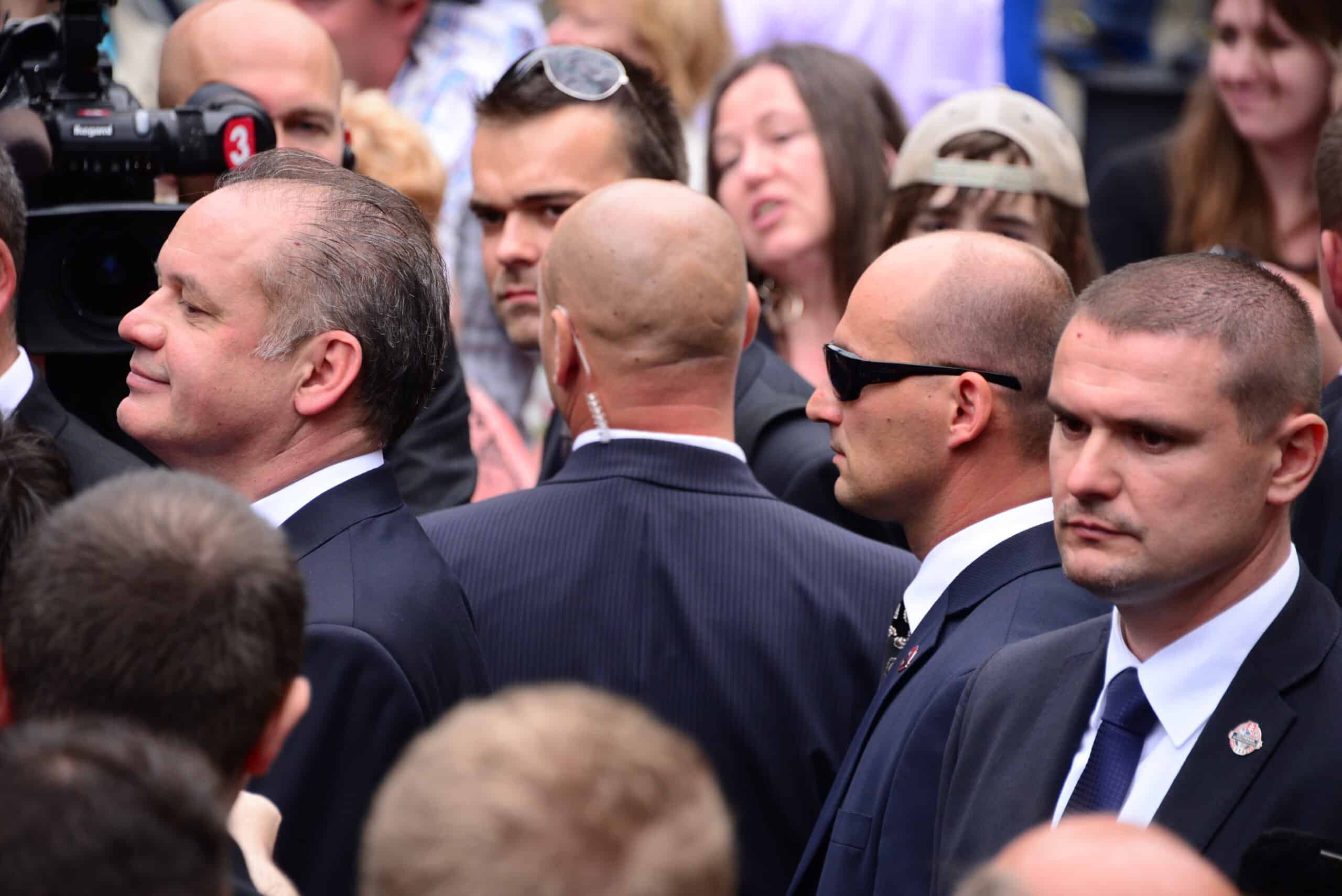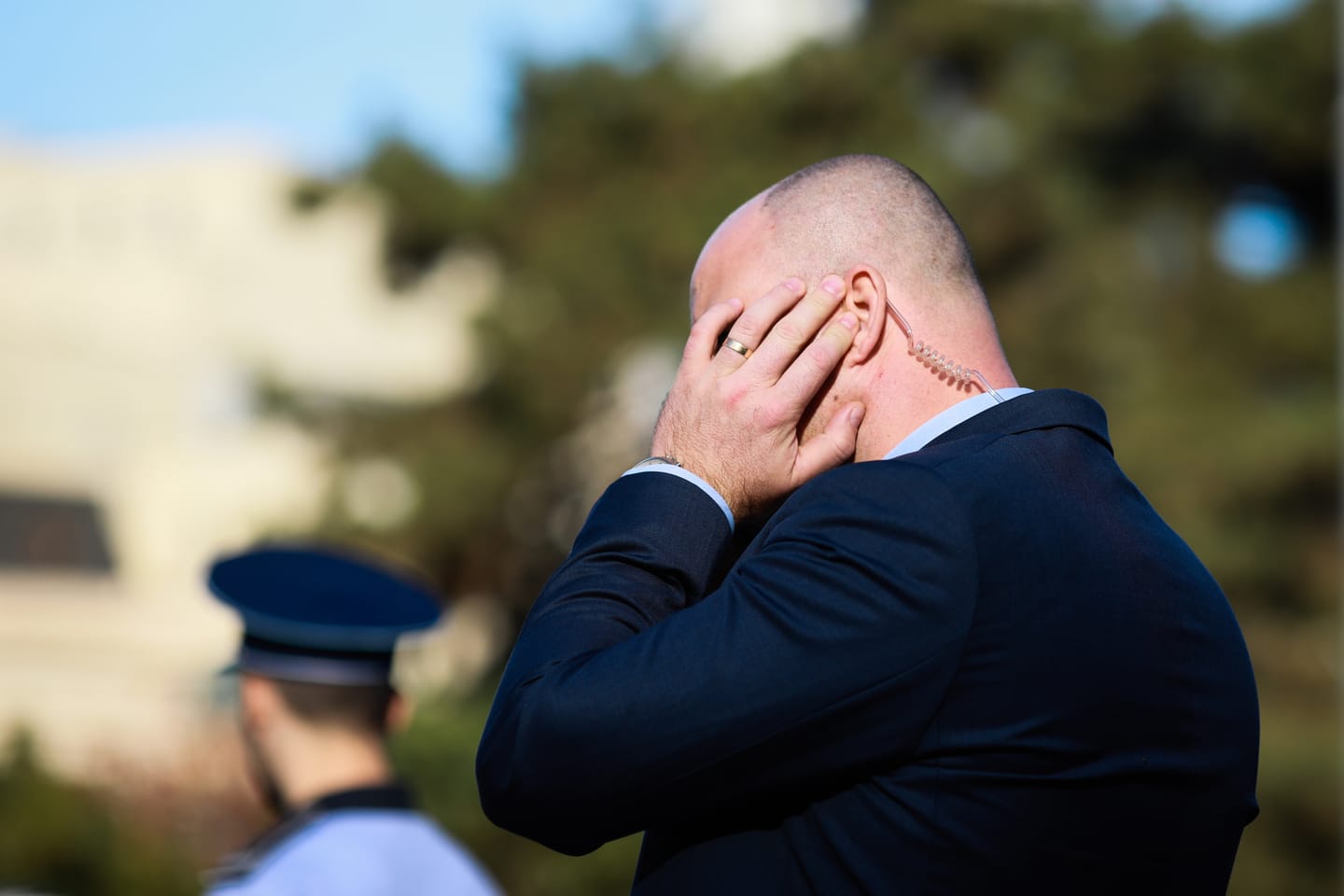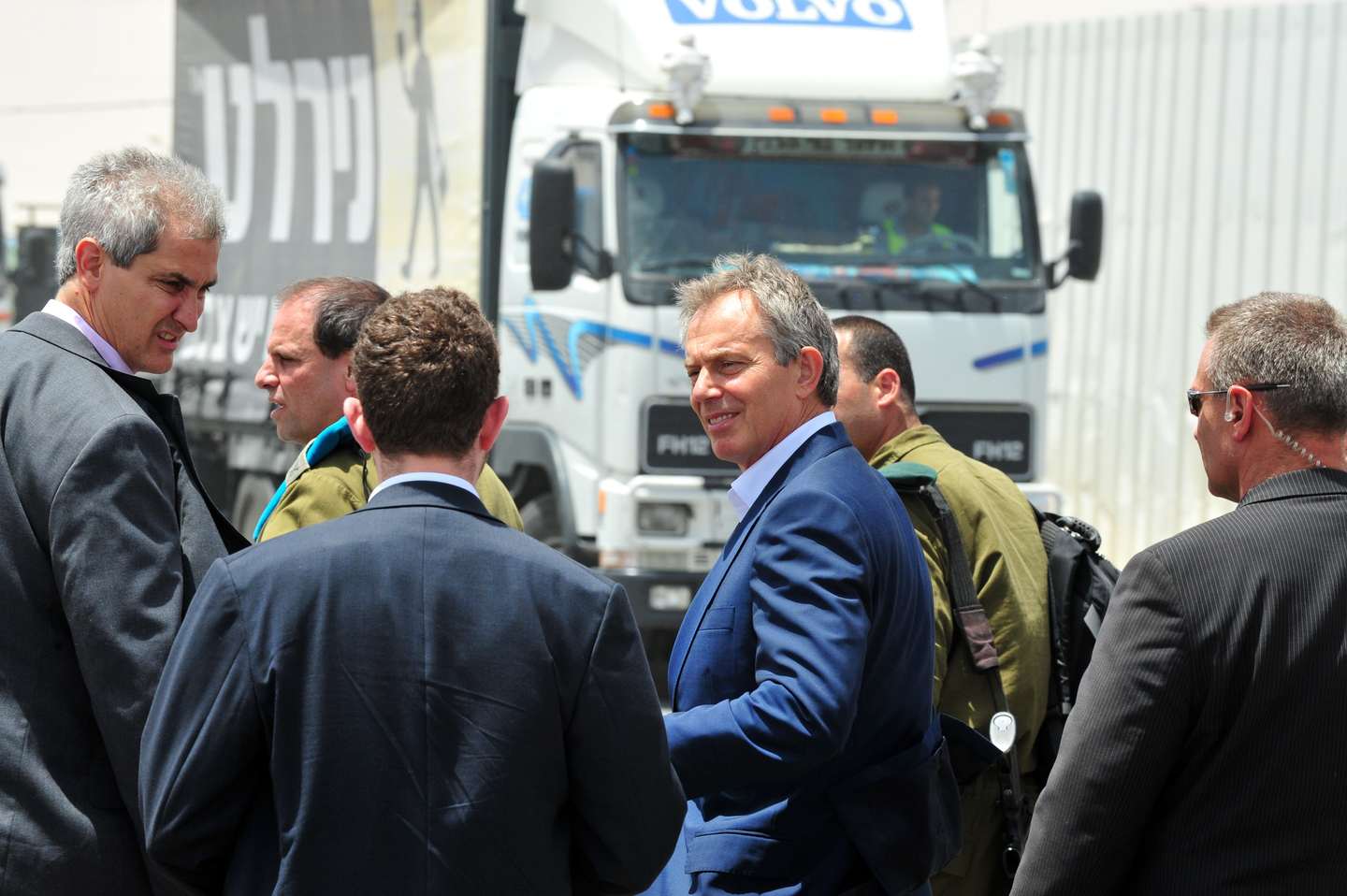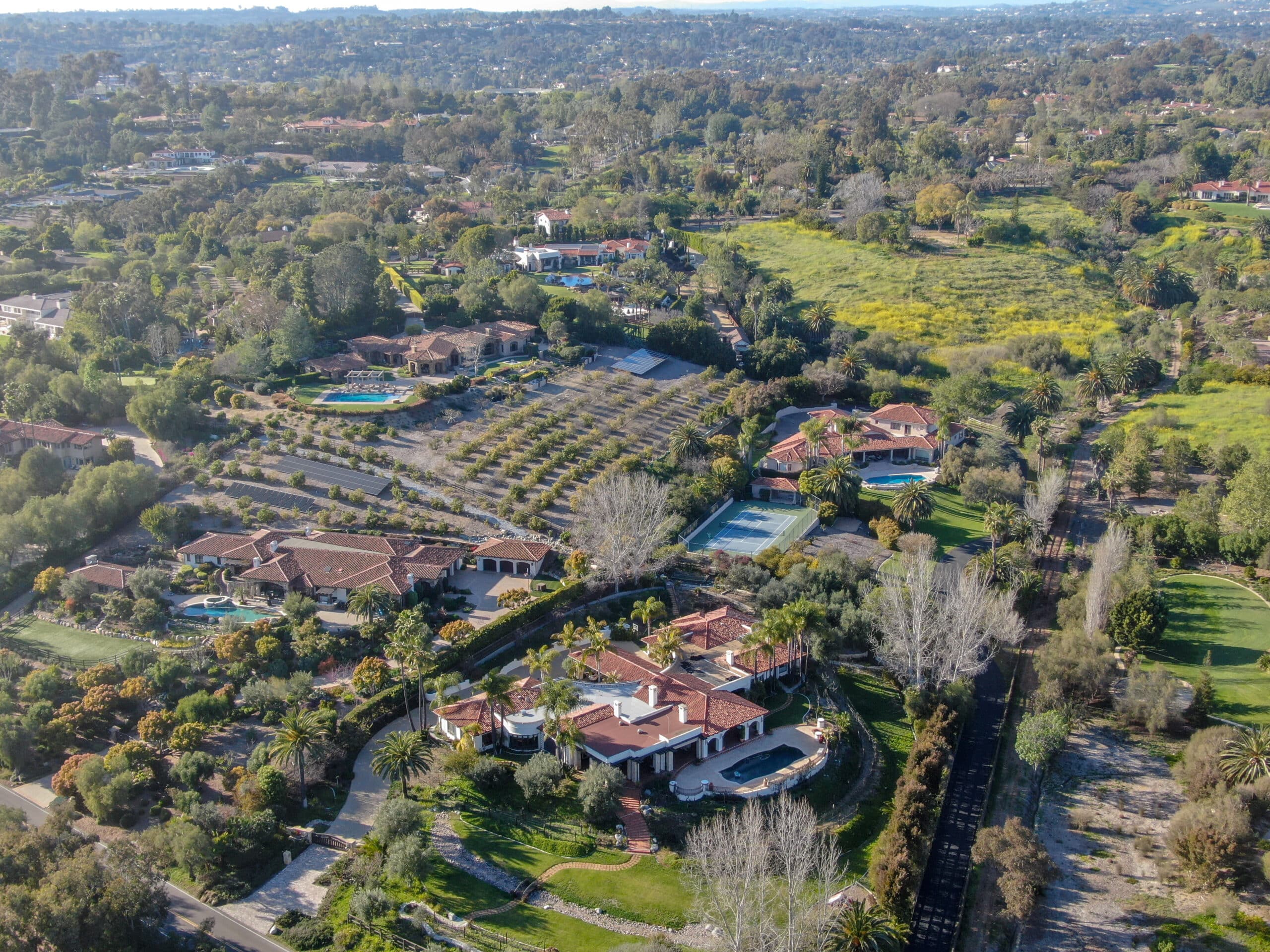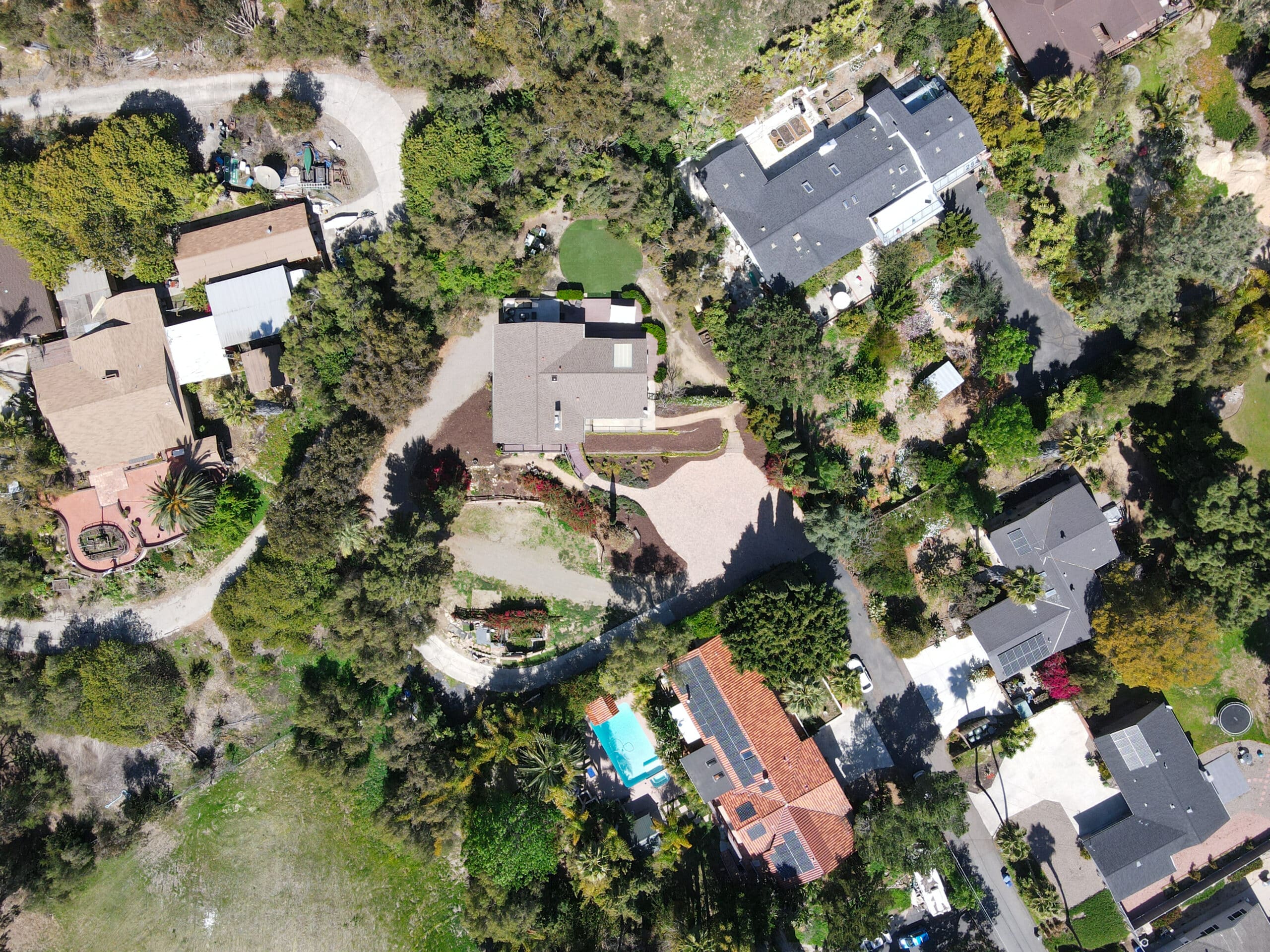Estimated reading time: 7 minutes
High-profile summits bring together VIPs from various spheres, necessitating unparalleled security. This article delves into the essential elements of VIP protection at such events, focusing on personal security details, secure transportation, emergency medical arrangements, and intelligence gathering. Designed for security professionals and VIP clients, this article aims to provide deep insights into each element’s complexities and the integration required for adequate protection.
Table of contents
- Personal Security Details
- Secure Transportation
- Emergency Medical Arrangements
- Intelligence Gathering
- Communication and Coordination
- Advanced Technology Integration
- Training and Preparedness
- Psychological Aspect of VIP Protection
- Legal and Ethical Considerations
- Continuous Improvement and Innovation
- Conclusion
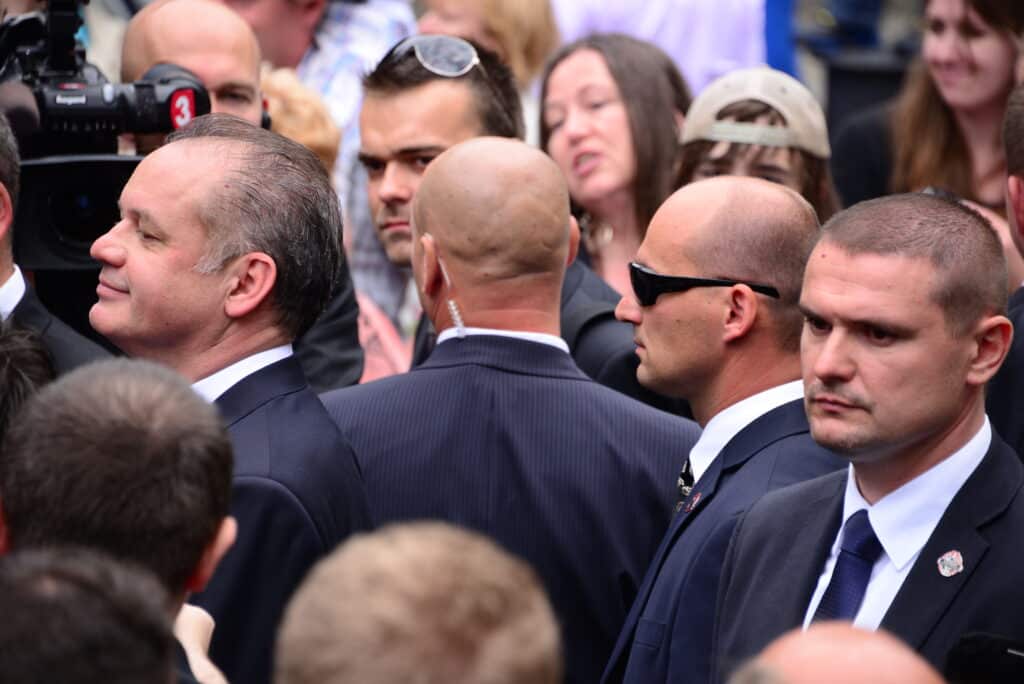
Personal Security Details
Assessing Threat Levels
The foundation of personal security lies in accurately assessing potential threats. This involves understanding the nature of the VIP, the event’s profile, and the associated risks. The threat assessment must be dynamic, accounting for real-time changes in the security landscape. This continuous assessment helps design protection strategies that are reactive and preemptively adaptive to potential threats.
Advanced Protective Measures
Once threats are assessed, implementing advanced protective measures is crucial. This includes physical security, such as bodyguards skilled in close-protection tactics, and technological aids like surveillance systems. The key is to establish a security bubble that moves with the VIP, ensuring constant protection without being obtrusive.
Secure Transportation
Armored Vehicle Protocols
Transportation is a critical aspect of VIP security at high-profile summits. The use of armored vehicles, equipped to withstand various types of attacks, is standard. These vehicles should be driven by drivers trained in defensive and evasive driving techniques. The protocol for their use involves route planning, backup plans, and regular vehicle checks.
Convoy Security Strategy
The strategy for convoy movement is as important as the vehicle’s armor. This includes forming the convoy, deploying decoy vehicles, and communication protocols among team members. The convoy’s formation is designed to provide maximum protection and quick response capability in case of an attack.
Emergency Medical Arrangements
On-Site Medical Support
High-profile events necessitate on-site medical support for immediate response to any health emergency. This involves having a team of medical professionals equipped with necessary medical supplies. Their training should include trauma care and be familiar with the VIP’s medical history for personalized care.
Evacuation and Hospital Coordination
In addition to on-site medical care, establishing a clear plan for medical evacuation is vital. This includes coordinating with local hospitals and having a dedicated medical evacuation route. The medical team should conduct drills and understand the capabilities of the nearest medical facilities.
Intelligence Gathering
Pre-Event Intelligence Analysis
Intelligence gathering is a proactive measure to enhance VIP security. This involves gathering and analyzing information about potential threats before the event. Sources include local law enforcement agencies, private intelligence firms, and public domain information. This intelligence forms the basis for all security planning and decision-making.
Ongoing Surveillance and Monitoring
Continual surveillance and monitoring during the event are crucial for real-time intelligence. This can be achieved through physical surveillance and technological means like CCTV cameras and social media monitoring. The goal is to identify and neutralize threats before they materialize.
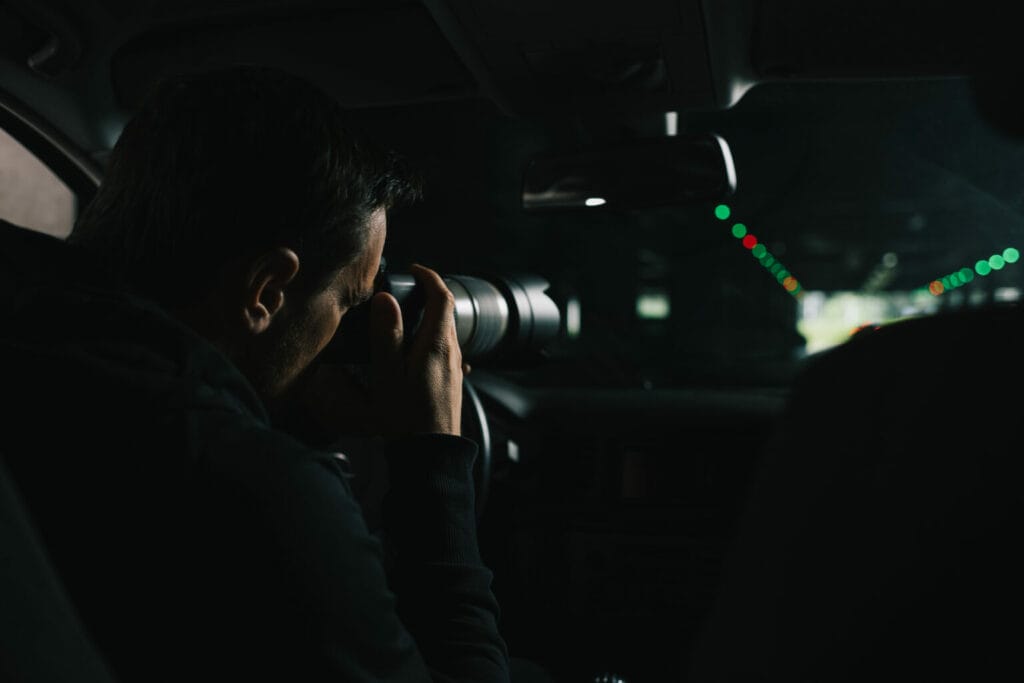
Communication and Coordination
Effective Communication Systems
Effective communication is the backbone of VIP security. This involves establishing secure communication channels among the security team, event organizers, and law enforcement. The systems must be reliable and secure, ensuring that sensitive information is not intercepted. Moreover, the communication protocol must be clear and concise, preventing misunderstandings and delayed responses during a crisis.
Inter-agency Coordination
Coordinating between different agencies – private security, local law enforcement, and federal agencies – is essential at high-profile summits. This coordination should be established well before the event, ensuring all parties know their roles and the overarching security plan. Regular meetings and joint drills can foster a sense of teamwork and preparedness.
Advanced Technology Integration
Cutting-edge Security Technologies
Incorporating advanced technology is pivotal in modern VIP protection. This includes biometric systems, AI-powered surveillance, and drone technology. These tools enhance the capability to quickly monitor large areas, identify potential threats, and provide a comprehensive security overlay that human personnel alone cannot achieve.
Cybersecurity Measures
Given the prevalence of digital communication and data, cybersecurity is integral to VIP protection. This involves securing communication channels, safeguarding sensitive information, and protecting against cyber threats that could compromise the security of the VIP or the event.
Training and Preparedness
Specialized Training for Security Personnel
The effectiveness of a VIP protection strategy mainly depends on the security personnel’s skill and preparedness. This requires specialized training in threat assessment, close protection, advanced driving, and emergency first aid. Regular refresher courses and drills are essential to maintain high readiness levels.
Scenario-based Preparedness Drills
Conducting regular preparedness drills based on various scenarios is crucial. These drills should simulate real-world situations, from physical attacks to medical emergencies, ensuring the security team can respond effectively under stress. Collaboration with local authorities in these drills can also enhance preparedness for emergencies.
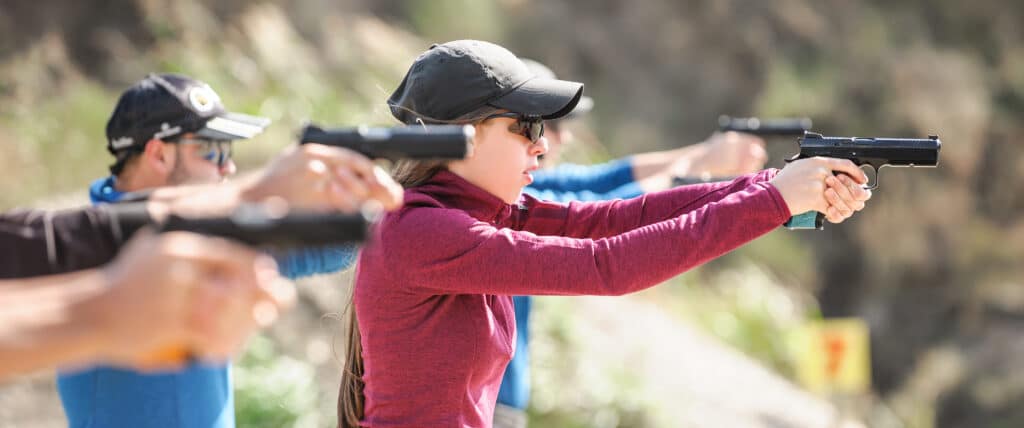
Psychological Aspect of VIP Protection
Understanding the VIP’s Psychology
Understanding the psychology of the VIP is crucial for effective protection. This involves knowing their preferences, habits, and behaviors. Security personnel should be trained to recognize signs of stress or discomfort in the VIP, allowing for adjustments in security measures that are both effective and unobtrusive. This psychological insight aids in creating a security environment that is not only safe but also comfortable for the VIP.
Managing Public Interactions
Managing public interactions is a critical aspect of VIP protection. Security personnel must be adept at balancing the VIP’s accessibility and safety. This includes crowd control measures, managing fan or media interactions, and ensuring the VIP’s privacy is respected. The security team must be skilled in de-escalating situations that could become disruptive or threatening.
Legal and Ethical Considerations
Adherence to Local and International Laws
Adherence to local and international laws is paramount in the realm of VIP protection, especially at international events. This includes understanding and complying with the legal framework regarding personal security, firearms, and surveillance. Security teams must know the legal nuances in different jurisdictions to operate effectively and lawfully.
Ethical Conduct and Privacy Concerns
Ethical conduct and respect for privacy are integral to VIP protection. Security measures should not infringe on the rights of the VIP or the public. This involves balancing adequate security and ethical considerations, such as surveillance technology and personal data handling. The protection plan must respect the VIP’s privacy and dignity while ensuring safety.
Continuous Improvement and Innovation
Evaluating Past Security Operations
A key component of adequate VIP protection is the continuous evaluation and learning from past security operations. This involves analyzing what worked well and identifying areas for improvement. Lessons learned from past events should be integrated into future security plans, ensuring a dynamic and evolving approach to VIP protection.
Embracing Technological and Tactical Innovations
The field of VIP protection is constantly evolving, with new threats and technologies emerging. Embracing innovation, whether in the form of new security technologies or advanced tactical approaches, is essential. Staying ahead of the curve by adopting cutting-edge practices and technologies ensures that VIP protection strategies remain practical and relevant.
Conclusion
In conclusion, safeguarding VIPs at high-profile summits is complex yet vital. It’s about much more than just providing a security detail; it’s about creating a comprehensive protection strategy covering every possible angle – from personal safety to emergency medical care and securing travel to gathering crucial intelligence.
For those in the security field, this article isn’t just a guide; it’s a reminder of their responsibility and the importance of their role in facilitating the smooth running of high-profile events. It’s a call always to be a step ahead to ensure the safety and peace of mind of those under their protection. In this ever-evolving landscape, staying informed, prepared, and adaptable is the hallmark of excellence in VIP protection.

